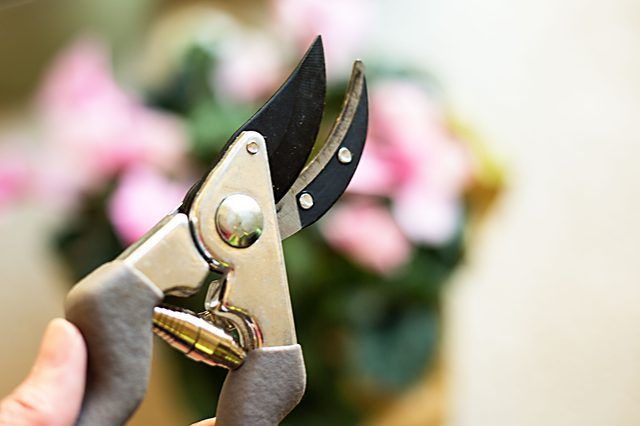Bulbs
Flower Basics
Flower Beds & Specialty Gardens
Flower Garden
Garden Furniture
Garden Gnomes
Garden Seeds
Garden Sheds
Garden Statues
Garden Tools & Supplies
Gardening Basics
Green & Organic
Groundcovers & Vines
Growing Annuals
Growing Basil
Growing Beans
Growing Berries
Growing Blueberries
Growing Cactus
Growing Corn
Growing Cotton
Growing Edibles
Growing Flowers
Growing Garlic
Growing Grapes
Growing Grass
Growing Herbs
Growing Jasmine
Growing Mint
Growing Mushrooms
Orchids
Growing Peanuts
Growing Perennials
Growing Plants
Growing Rosemary
Growing Roses
Growing Strawberries
Growing Sunflowers
Growing Thyme
Growing Tomatoes
Growing Tulips
Growing Vegetables
Herb Basics
Herb Garden
Indoor Growing
Landscaping Basics
Landscaping Patios
Landscaping Plants
Landscaping Shrubs
Landscaping Trees
Landscaping Walks & Pathways
Lawn Basics
Lawn Maintenance
Lawn Mowers
Lawn Ornaments
Lawn Planting
Lawn Tools
Outdoor Growing
Overall Landscape Planning
Pests, Weeds & Problems
Plant Basics
Rock Garden
Rose Garden
Shrubs
Soil
Specialty Gardens
Trees
Vegetable Garden
Yard Maintenance
How to Grow a Lantana Plant Outdoors
How to Grow a Lantana Plant Outdoors. Attract butterflies to your garden with the bright yellow, orange and red Lantana plant flowers. Lantana, also known as shrub verbena, grows naturally as a woody perennial in the warm, humid climate of southern United States. In northern climates, Lantana cultivars may be grown as annuals in a hanging basket or...
Attract butterflies to your garden with the bright yellow, orange and red Lantana plant flowers. Lantana, also known as shrub verbena, grows naturally as a woody perennial in the warm, humid climate of southern United States. In northern climates, Lantana cultivars may be grown as annuals in a hanging basket or sunny garden border. Lantana tolerates drought well and adds color to a xeriscape garden.
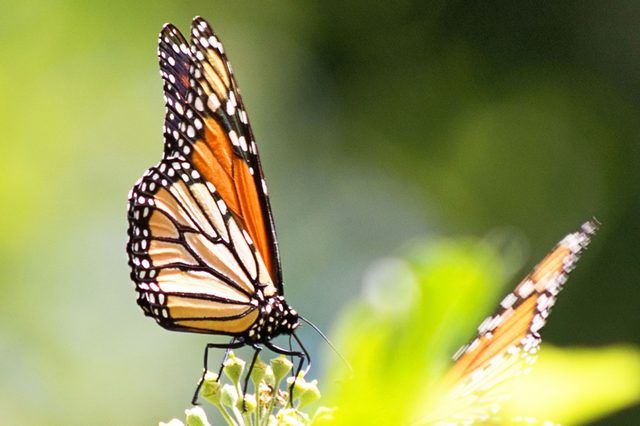
Things You'll Need
Garden trowel
Pebbles
Mulch
Potting soil
Garden shears
Step 1
Plant small potted Lantana plants in late spring when the soil has warmed and there is at least eight hours of full sunlight daily.

Step 2
Choose a sunny space in the garden with at least 1-foot clearance from other plants. Dig a hole 6 inches deep by 4 inches across with a garden trowel.

Step 3
Put a 1-inch layer of pebbles in the bottom of the hole for drainage. Add an inch of compost and place the plant in the hole. Fill the hole with garden soil, keeping the stems and leaves above soil level.
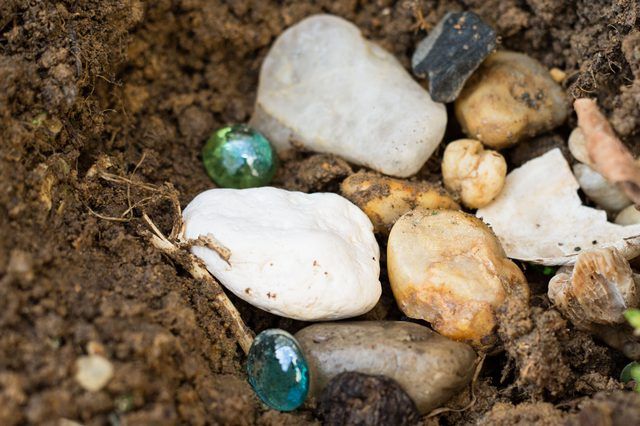
Step 4
Spread a 1-inch layer of mulch around the base of the plant. Add more mulch each month to retain moisture and warmth at the deep root level.
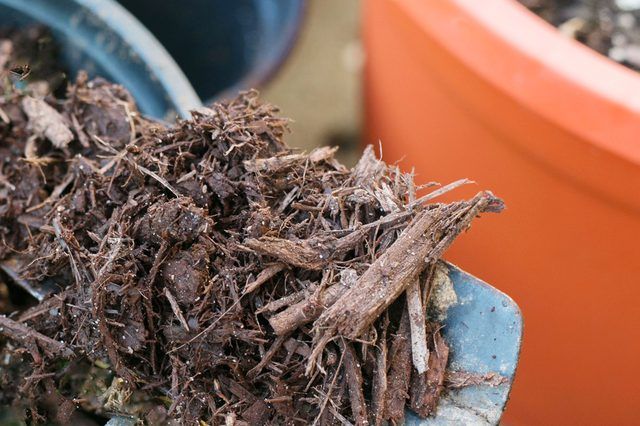
Step 5
Use standard potting soil if you are growing Lantana in a decorative flowerpot or hanging basket. Ensure that the container is well drained so that the soil will never be soggy. Lantana plants prefer drier soil and a xeriscape garden environment.
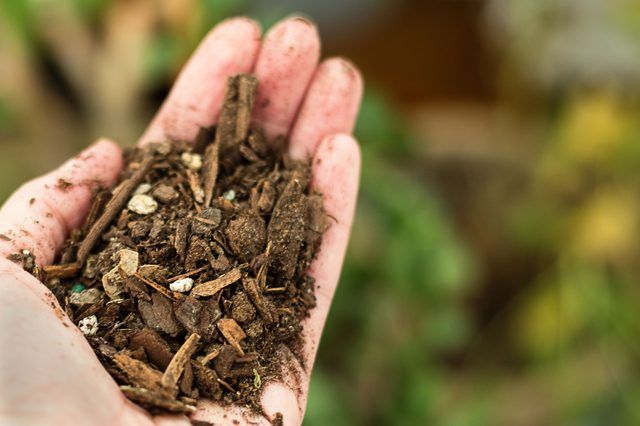
Step 6
Water the Lantana plant well after planting and then every 7 to 10 days throughout the growing season. Allow the top layer of mulch and soil to dry between watering.

Step 7
Prune away damaged or brown leaves by cutting the stem back to its base with garden shears. Cut Lantana or shrub verbena stems back to ground level in early winter in southern climates. Remove and discard annual Lantana after the first hard frost in northern climates.
